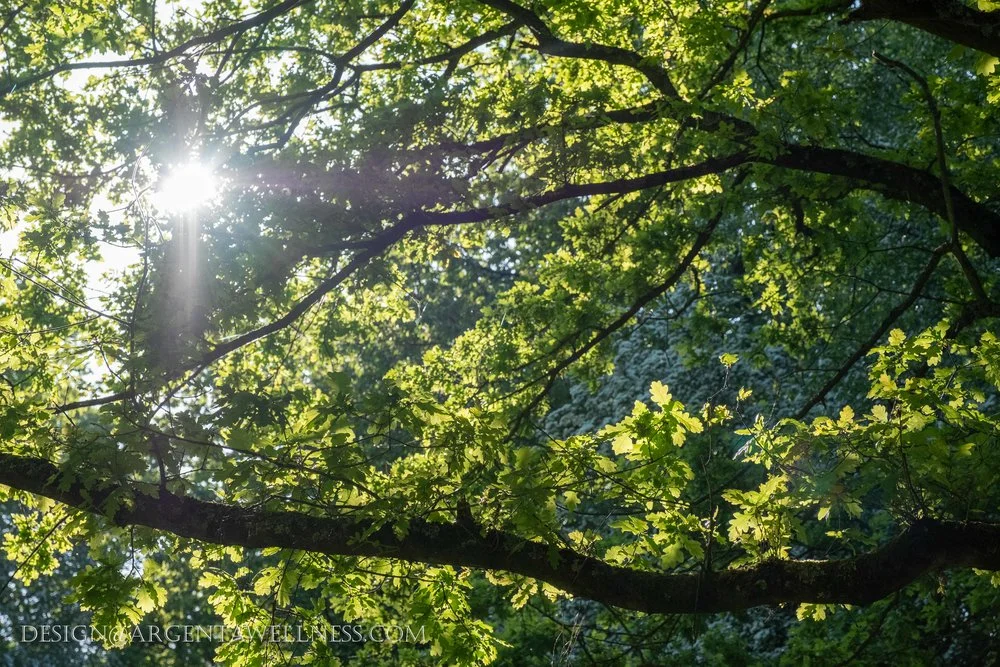Who would want to live in a world that is not quite fatal?
So said ecologist Paul Shepherd in 1958, and quoted by Rachel Carson in “Silent Spring”.
The Biophilic Design Conference this year has a theme of Policy, Place, Planet – Biophilic Design for a regenerative future. It has this theme for a reason.
We are living in a ticking time bomb. Our planet is heating up, our climates are changing all over the world, our food security is at risk, our physical health is challenged not just by lifestyle and town planning but also by air and sound pollution inside and outside of the home and workplace, our crops are sprayed, our bees are dying, we are losing our pollinators, our skies are quieter, our living world is struggling to breathe and we are the culprits.
When I first learnt about Biophilic Design, it seemed to me a concept which if applied globally and on all facets of society we could go some way to reverse the ills we have inflicted onto ourselves and our planet.
READ ON…




















